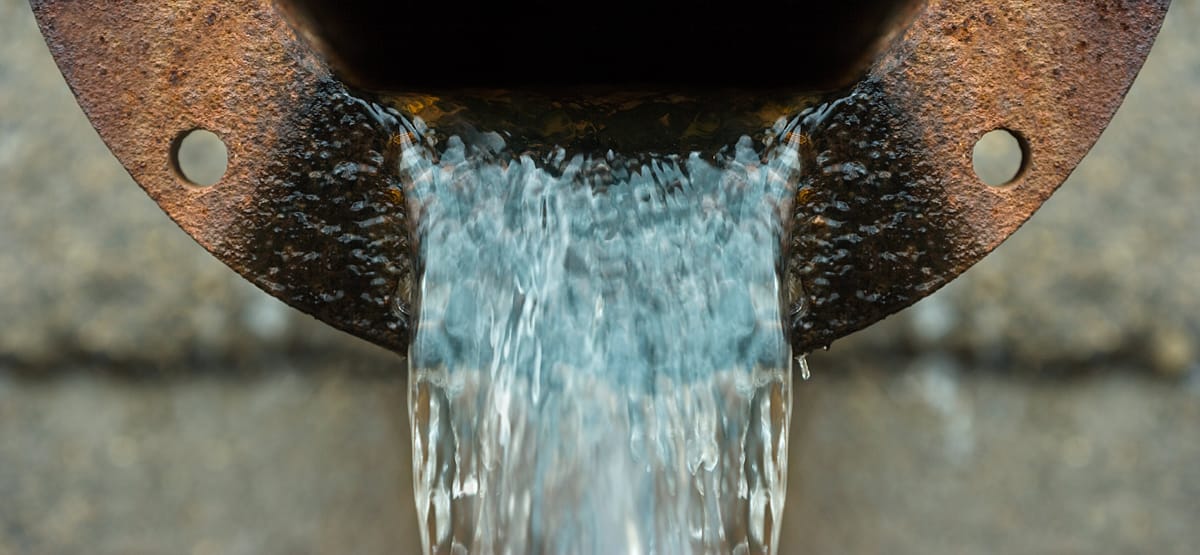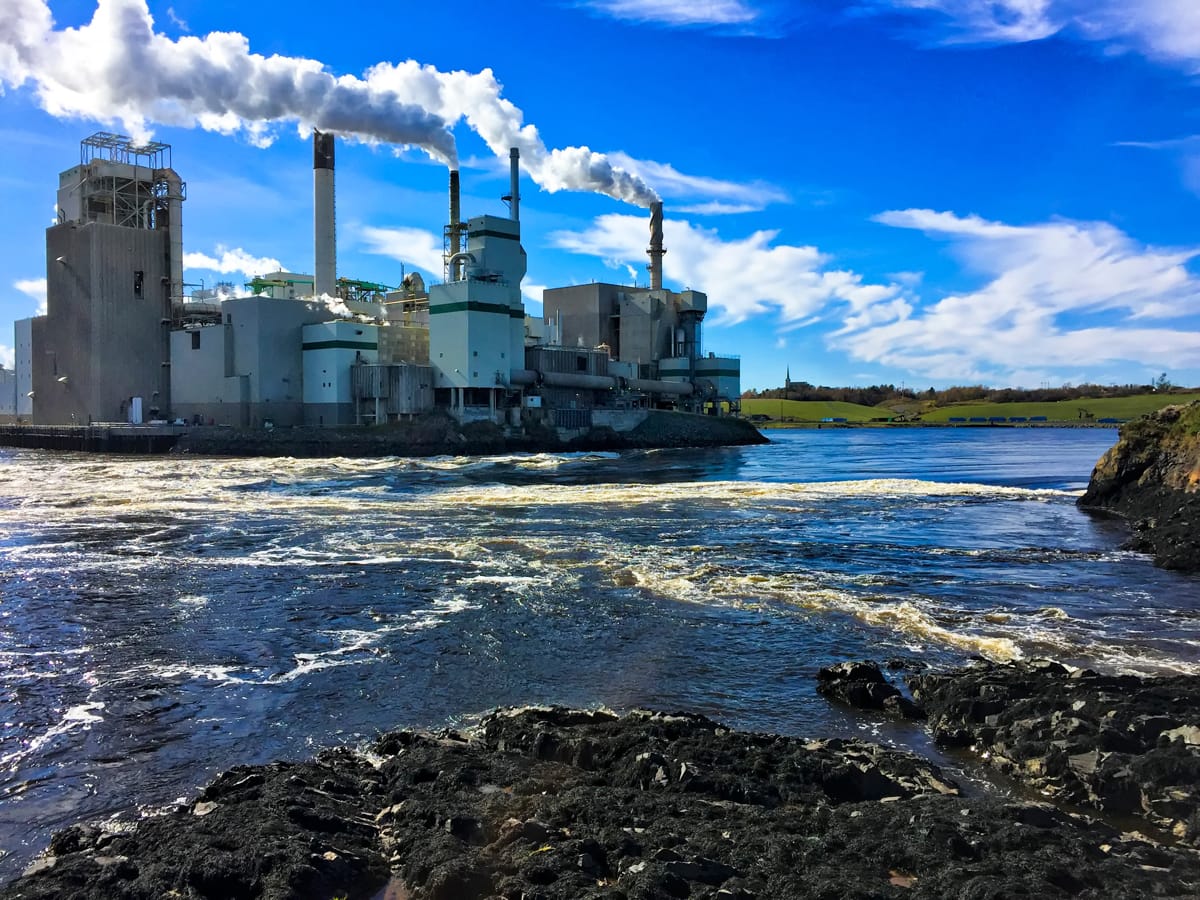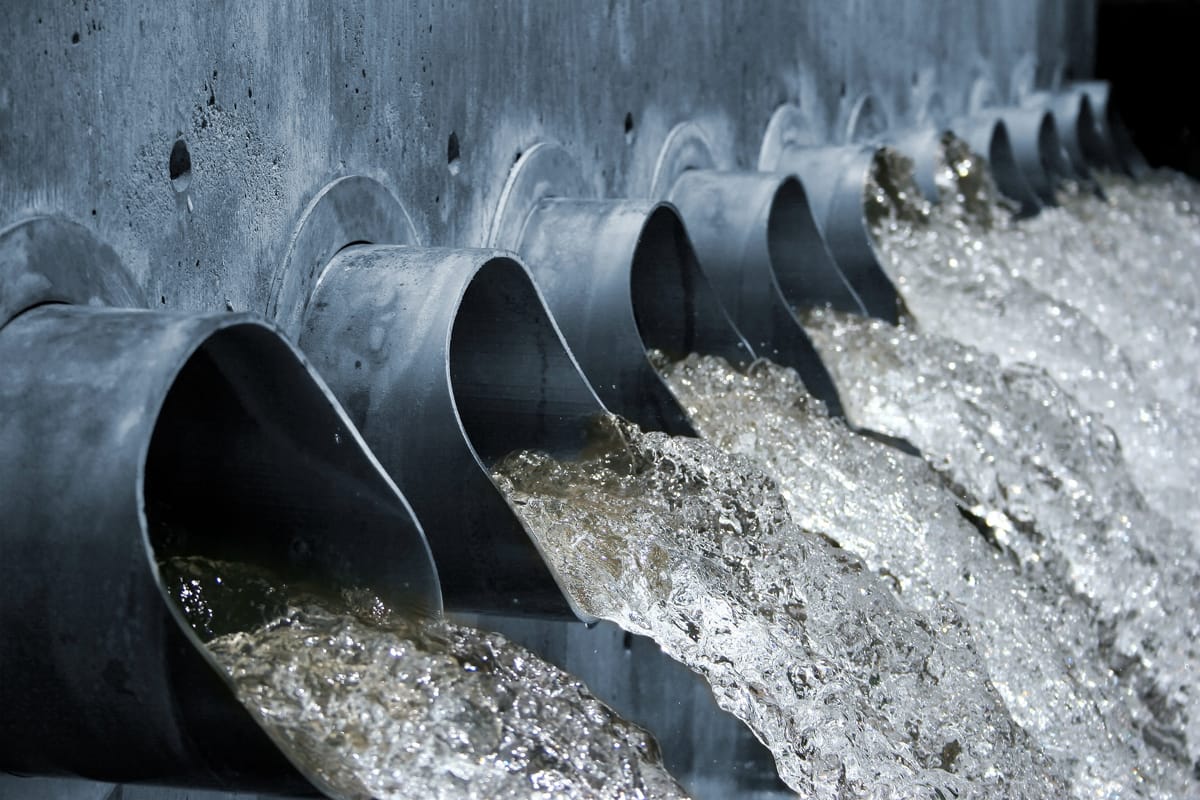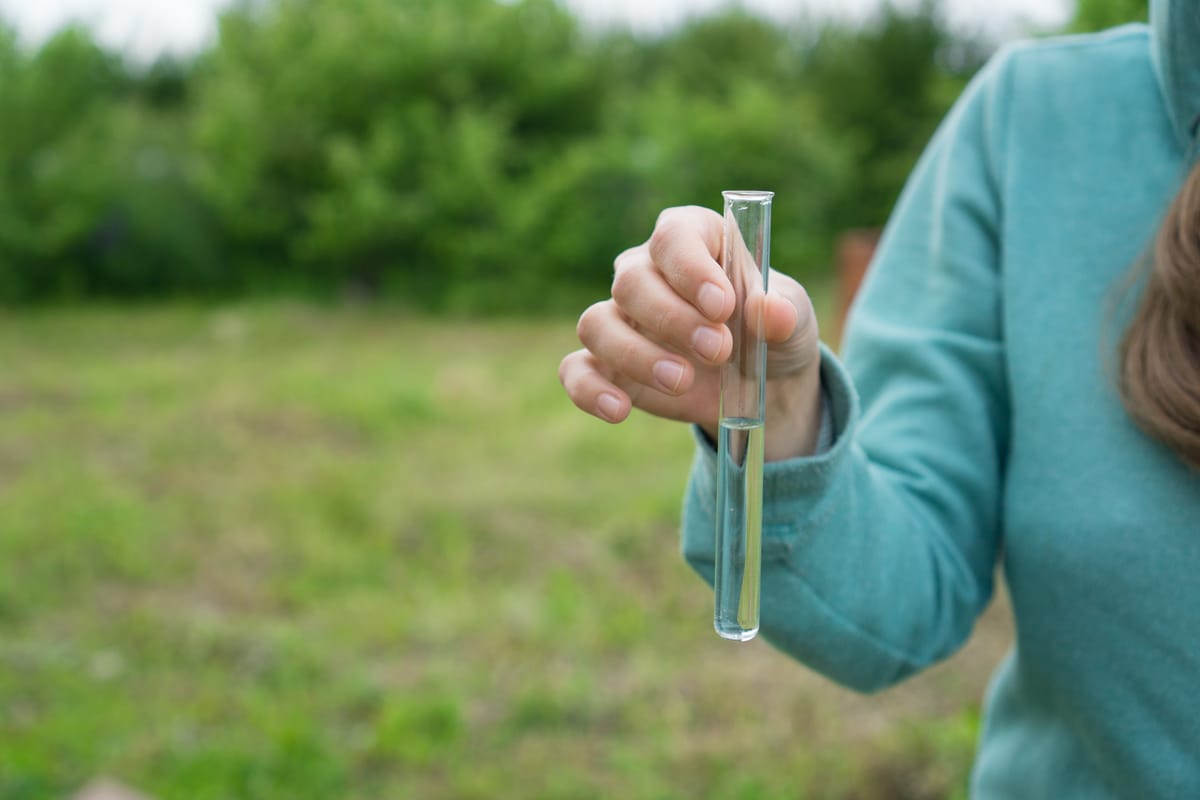What’s the Issue: Water or the Pipes?

There’s a lot of emphasis on our public water itself here in America, and rightly so, given that the blood of children and adults alike is testing positive for both lead and PFAS. And, given that schools and communities across the country are unable to provide safe drinking water to their individuals, it’s no wonder why there is a continuing emphasis.
But what if the water is only half the problem?
BELOW THE SURFACE
There’s no use in pumping America full of double, triple, quadruple-purified water when its infrastructure is failing beyond belief. It’s a crisis that receives not nearly enough attention, when it’s estimated it would cost local governments $300 billion dollars to fix over the next decade, according to The New York Times. A problem of this size and stature, and a problem that is so close under our feet, deserves more attention.
By 2020, it’s reported that the average age of the 1.6 million miles of water and sewer pipes beneath the United States will be 45 years. According to Reese Tisdale, president of the water advisory firm Bluefield Research, some pipes in America are over 150 years old. And, in almost 600 American towns and counties remain cast iron pipes aged more than a century. What’s even scarier is that despite the congressional ban against lead water pipes almost three decades ago, over 10 million remain in use. Not only is this infrastructure problem causing an increased exposure to lead, but it’s also opening the door for other contaminants like PFAS chemicals, other pesticides, and harmful bacteria.

PLASTIC STICKS
Though many states are opening up bids for all suitable materials for their municipal water, thanks to the American Chemistry Council that supports the plastic industry, it’s doing almost nothing to solve the infrastructure issue America is facing. Though plastic is cheaper, lighter and non-corrosive, these states who have given the plastic industry the green light have also put the cart before the horse. Andrew J. Whelton, assistant professor of civil engineering at Purdue University, was quoted in The Times saying:
“Plastics are being installed without any real understanding of what they’re doing to our drinking water.”
In fact, some reports have suggested that toxic contaminants like benzene and toluene can seep through certain plastics as they naturally age. And, according to The Times, a 2013 study showed more than 150 contaminants making their way from plastic pipes into public water supplies. This shows that there is a lack in regulation for plastic water pipes, as there is no federal mandate of the materials. Instead, the pipes are tested by those who manufacture them—an obviously biased oversight.

A WANTING INDUSTRY
Even if we were to fix America’s water infrastructure tomorrow, it doesn’t change the fact that infrastructure work is lacking and lacking badly. With concerns over affordability and safety at an all-time high, eventually there might not be enough professionals in the field to do anything about it. An article published by Water Online states:
“Just as our physical infrastructure systems are aging and in need of attention, so too are the workers who design, construct, operate, and oversee these systems.”
The latest 2018 labor data tells us that America is in dire need for skilled workers in this foundational economic sector. Though this sounds negative, that means there is a viable workforce opportunity among those just entering the work force. That being said, America is needing dedicated workers in various fields—electricians, water treatment operators, civil engineers and more—if we ever plan to solve this ongoing infrastructure crisis.

LEAN ON PRIMO
Not much good will come from pointing fingers at both the water itself and America’s infrastructure. Though we have a responsibility as Americans to educate ourselves, we can’t wait around for legislature that takes years on end to pass. We need solutions now. And thanks to Primo® Water, we have one.
Primo offers high-quality, safer water with every bottle. Thanks to our 5-step Reverse Osmosis (RO) purification system, you can stop worrying about harmful microorganisms, heavy metals and trace pharmaceuticals ruining your water. Instead, you’re left with healthy water for the whole family. And with a variety of different full-size water dispensers, Primo is starting the latest trend in kitchen appliances. That way, it’ll be easy to always have Primo® Water on-hand and in-glass. Now that’s a BIG deal. Find Primo near you and experience it for yourself.
